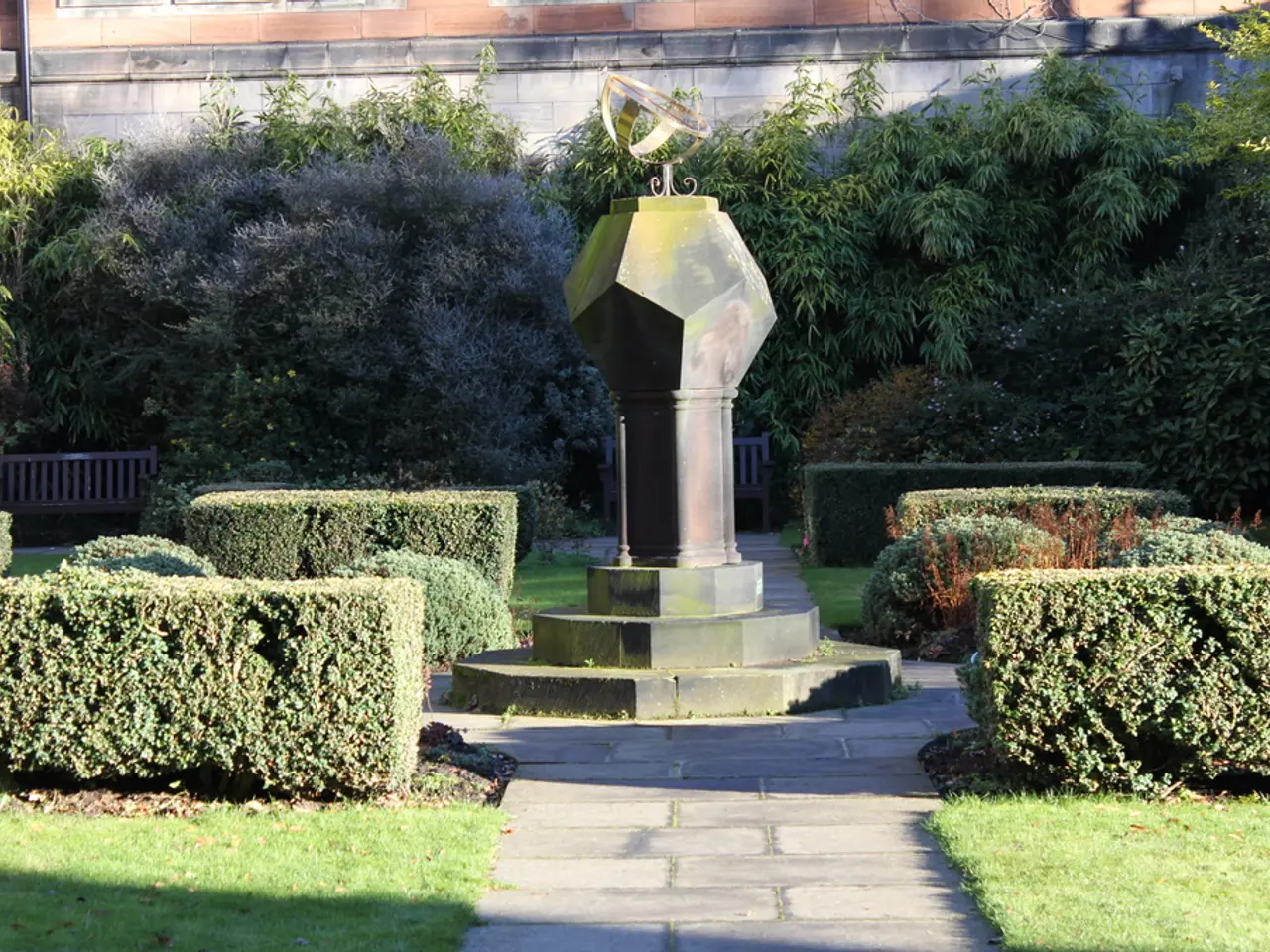Is It Necessary to Italicize Book Titles? Detailed Guide on the Practice
========================================================
In the world of academic and professional writing, the correct formatting of titles is crucial to maintain clarity and consistency. This article will explore the guidelines for formatting titles according to three major style guides: MLA, APA, and Chicago Manual of Style (CMOS).
When it comes to longer works such as books, movies, TV shows, and albums, all three style guides recommend italicising these titles. For example, book titles like Pride and Prejudice and movie titles like Inception should be italicised in all these styles.
On the other hand, shorter works such as poems, short stories, essays, article titles, or TV show episodes are typically placed in quotation marks. For instance, an essay or a poem title would appear as "Because I could not stop for Death" in MLA style.
The differences between the style guides become more apparent when considering capitalisation rules. For example, APA uses sentence case for article, essay, or chapter titles (only the first word and proper nouns capitalised), but title case for book titles and periodicals. In contrast, MLA and Chicago follow similar conventions but are often more flexible about punctuation placement and capitalisation depending on context.
Here's a summary table comparing the formatting of various types of works according to MLA, APA, and Chicago Manual of Style:
| Type of Work | MLA | APA | Chicago | |----------------------|-------------------------|-------------------------|-------------------------| | Book | Italicize | Italicize | Italicize | | Movie | Italicize | Italicize | Italicize | | TV Show (series) | Italicize | Italicize | Italicize | | TV Show Episode | Quotation marks | Quotation marks | Quotation marks | | Album | Italicize | Italicize | Italicize | | Poem (short) | Quotation marks | Quotation marks | Quotation marks | | Short story | Quotation marks | Quotation marks | Quotation marks | | Essay (short work) | Quotation marks | Quotation marks | Quotation marks | | Article (journal/newspaper) | Quotation marks | Quotation marks | Quotation marks |
In conclusion, understanding and applying these conventions will help writers and readers distinguish between longer, standalone works (italicised) and shorter works within those (in quotation marks). When writing by hand, underlining may be used in place of italics. For web-based writing, book titles can be enclosed in quotation marks instead of italics. Consistency is key when formatting titles in a work.
In the realm of lifestyle magazines, home-and-garden titles are often presented in italics or underlined for consistency, just like longer works such as books and movies. For example, a home-and-garden periodical named "Home Sweet Home" would be formatted similarly to a book title, unlike shorter works like articles or DIY projects which are typically placed in quotation marks, such as an article titled "Transforming Your Home with Pops of Color".




